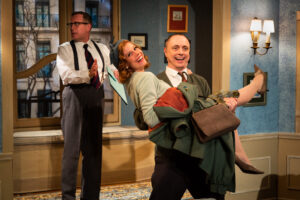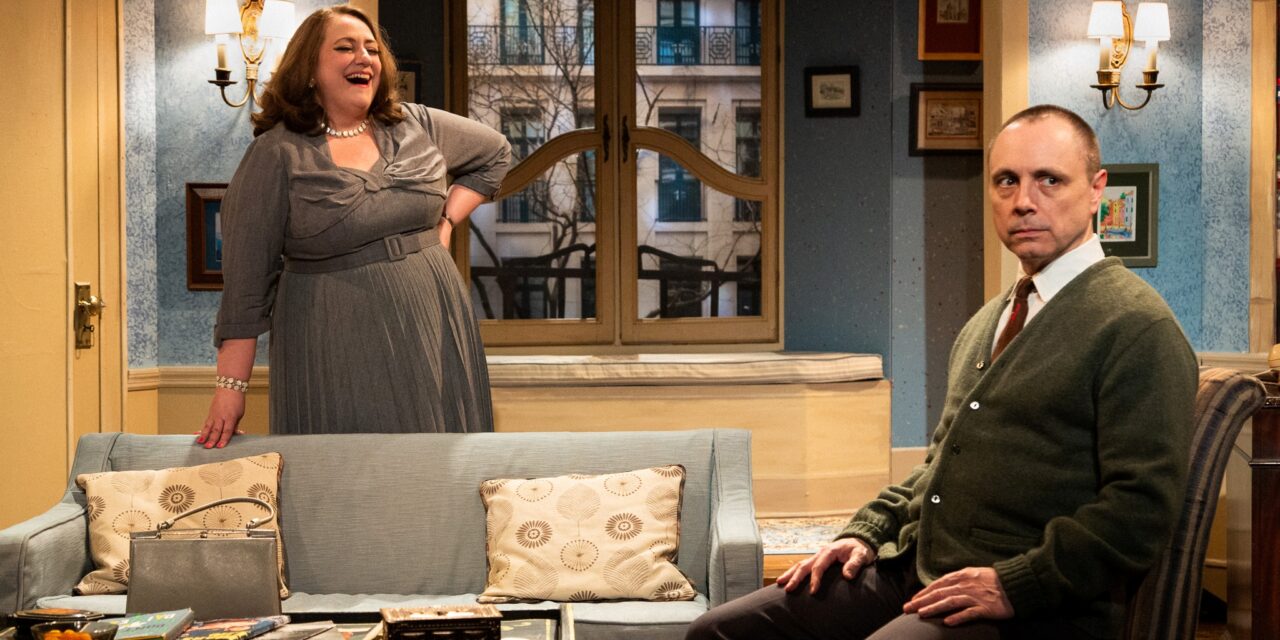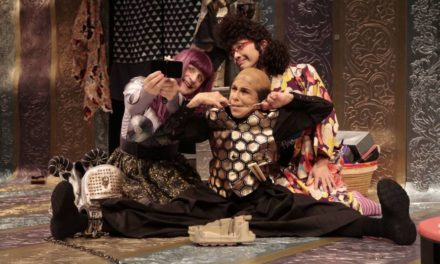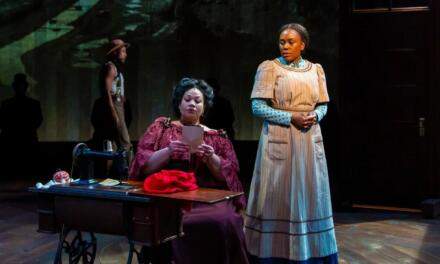The makeover story arc is a time-honored Hollywood tradition. Audrey Hepburn made several (Funny Face, Sabrina, My Fair Lady), so has Anne Hathaway (The Princess Diaries, The Devil Wears Prada). From Pretty Woman to Dumplin’, the physical change functions as a corollary to what is going on beneath the surface, as the once tough and hard-to-handle heroine is transformed into someone nicer and pleasanter to be around. And that’s the problem with the makeover story: it’s ultimately about teaching women to be more accommodating. Physical attractiveness, that is, the phenomenon by which men find you attractive, is just the sign that this temperamental shift has occurred. Sometimes this is accompanied by a surge of confidence, but never by the renunciation of men’s attention as a measure of success. A successfully made-over woman will never be single at the end of a movie because by the taming of the shrew, she becomes marriageable.
Given that definition, I hesitate to call Jean Kerr’s Mary, Mary from 1961 a makeover story. The plot concerns a recently divorced couple, Mary and Bob, who are made to face each other to clear up some financial business. Complications occur in the form of their new paramours, but the romantic tension and light humor assure you from the very beginning that the right couple will end up together. What’s interesting is the internal realignment that has to happen first, on both sides for once.

The cast of “Mary, Mary.” Photo by Kyle Connolly.
Jean Kerr is an author with whom I was unfamiliar, unfairly I think, but then again, I love discovering forgotten female writers. After the show, which Retro Productions is putting on at the Gene Frankel Theater in the NoHo neighborhood of Manhattan, I remarked to my boyfriend to my boyfriend that the play had all the charm of Neil Simon’s The Odd Couple, and that maybe if it hadn’t been written by a woman, it too would have been made into a Hollywood movie and still be in repertory to this day. Shows how much I know – the 1963 film adaptation starred Debbie Reynolds. So maybe I have only myself to blame for my ignorance of Kerr’s work. And yet there is something about Mary, Mary that makes it hard to fit neatly in a box. It’s an existentialist puzzle disguised as a screwball comedy.
Director Shay Gines production leans on the retro mode, in some ways perhaps a little too heavily. At times it felt like the actors were playing 1960s actors, rather than 1960s characters. In fact, the temporal setting has little bearing on the plot and character development, but I imagine that the strong epochal imprint is part of Retro Productions shtick. Strains of the Great American Songbook greet the audience when they arrive and in between acts, setting the mood. The set, by Jack and Rebecca Cunningham, is a brilliant representation of an early Upper West Side apartment in the early 1960s. They incorporate a variety of trompe l’oeil touches, and one of my favorite moments of the play was when Bob’s new fiancée Tiffany (Meghan E. Jones) feeds the fish whose bowl is painted into the bookshelf.

Desmond Dutcher, Meghan E. Jones and Chris Harcum. Photo by Kyle Connolly.
Heather E. Cunningham is sensational as Mary, a woman whose brashness masks her insecurity. Cunningham commands the stage from the moment she enters, and it’s clear why her neurotic ex-husband goes into a tailspin just from the news that she’s coming. Chris Harcum could stand to be more present in his performance as Bob; I got the sense that he was always preparing to deliver his next line, rather than genuinely listening to the other actors on stage and reacting from an emotional core. Cunningham was really the only performer who wasn’t even a bit cartoonish in her performance, but it’s more appropriate for some characters than others. Robert Franklin Neill slayed me as Dirk Winston, the movie star-turned-author who punctuates his declarations with a swashbucklerish “Ha HA!” But Mary’s character is knottier, and the play benefits tremendously from Cunningham’s subtle performance.
In contrast to most makeover stories, Mary never changes the way she looks, only the way she thinks about the way she looks. This idea is the emotional core of the play: whatever people project onto us, we internalize and become. Mary’s humor, we realize, is a defense mechanism and this, of course, is not her invention; there’s a reason wit is often described as sharp or rapier. But this feedback loop also operates differently for marginalized communities, including but not limited to women. In a society that values you according to your looks, if you think you don’t look good, you can’t feel good. That’s where most makeover stories end: look better, get treated better, feel better. The underrated Amy Schumer movie I Feel Pretty turns this trope on its head by having the physical transformation occurs only in the heroine’s imagination, but Kerr does it differently too. Mary’s metamorphosis is engendered by a newfound vulnerability, not a new haircut.
There’s another major divergence from typical makeover stories: Mary’s not the only one to change. Bob has to yield too. Early on in the play, Tiffany asks Bob whether he thinks that, in remarrying, he might be repeating the same mistakes he made in his first marriage. Indeed, there are two kinds of rebounds: people just like our exes, and people who are the opposite of our exes, at least in the ways that drove us crazy. By gravitating towards the effusive Dirk and the accommodating Tiffany, Mary and Bob think that they’re setting themselves on a new course. But that’s a superficial makeover. The new haircut will grow out all of its own accords. If, on the other hand, you’re calculated, or cold, or quite contrary, it takes a good deal more work to adapt. What good can come of taming a shrew? Kerr’s play makes over that story, replacing domination with love.
This post was written by the author in their personal capacity.The opinions expressed in this article are the author’s own and do not reflect the view of The Theatre Times, their staff or collaborators.
This post was written by Abigail Weil.
The views expressed here belong to the author and do not necessarily reflect our views and opinions.

















